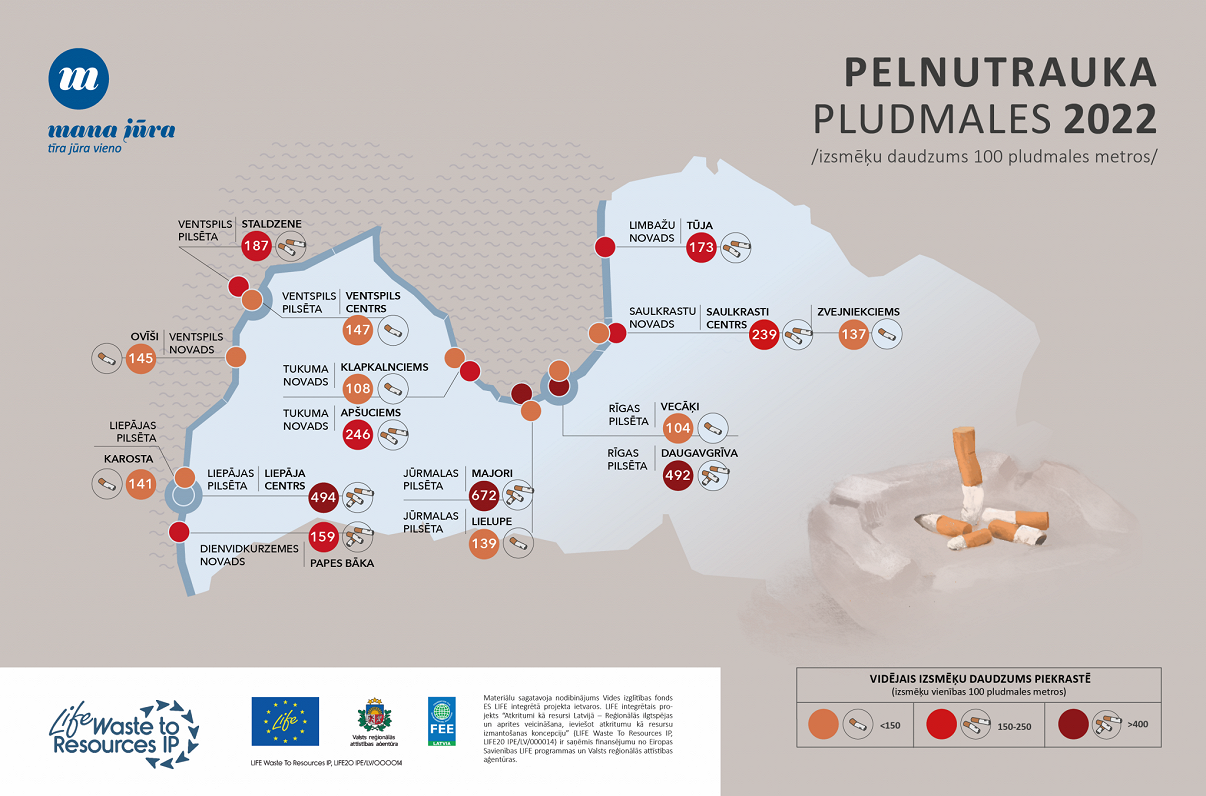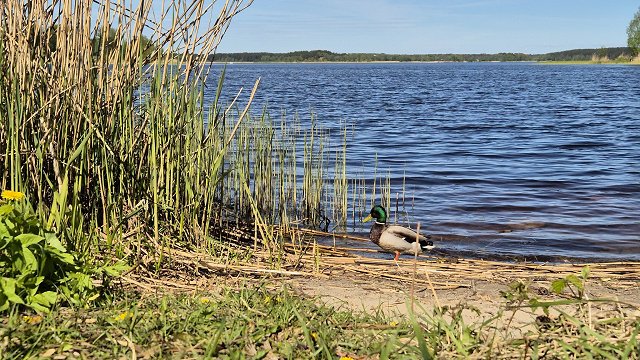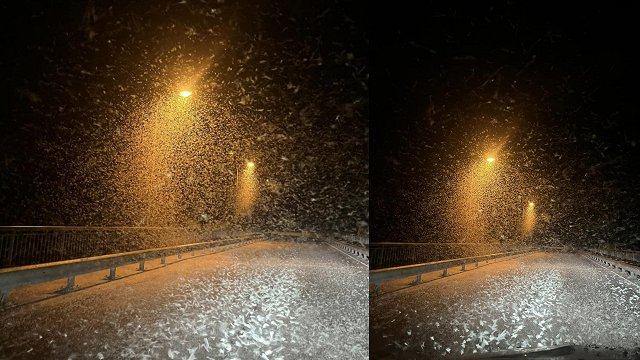
Although this year's results are generally not encouraging, they are still slightly better than the previous year's results. In 2022, on average, 229 pieces of waste were found per 100 meters of the coast, while in 2021, on average, there were 266 waste units found. In general, the average amount of coastal waste in Latvia from 2011 to 2022 is 210 waste units per 100 meters.
In 2022, the biggest polluters are still various hard-to-identify plastic products, which make up 28% of all types of waste on the coast, followed by plastic bags on 8%.
This is followed by paper and cardboard, uncategorized waste items, cigarette butts, foam (insulation and packaging), plastic rope, metal, food waste and plastic bottle caps and corks. Together, these common types of waste make up 77% of the total amount of waste, and it should be noted that the six most popular types of waste are all plastic waste.
In 2020, an agreement was reached within the European Union: the situation on the coast can be considered good if the amount of waste on the coast does not exceed 20 units of waste per 100 meters. So the average pollution on the coast of Latvia is many higher than the target set by the EU. According to the obtained data, none of Latvia's beaches meet the "Good marine environment" target set by the EU.

























